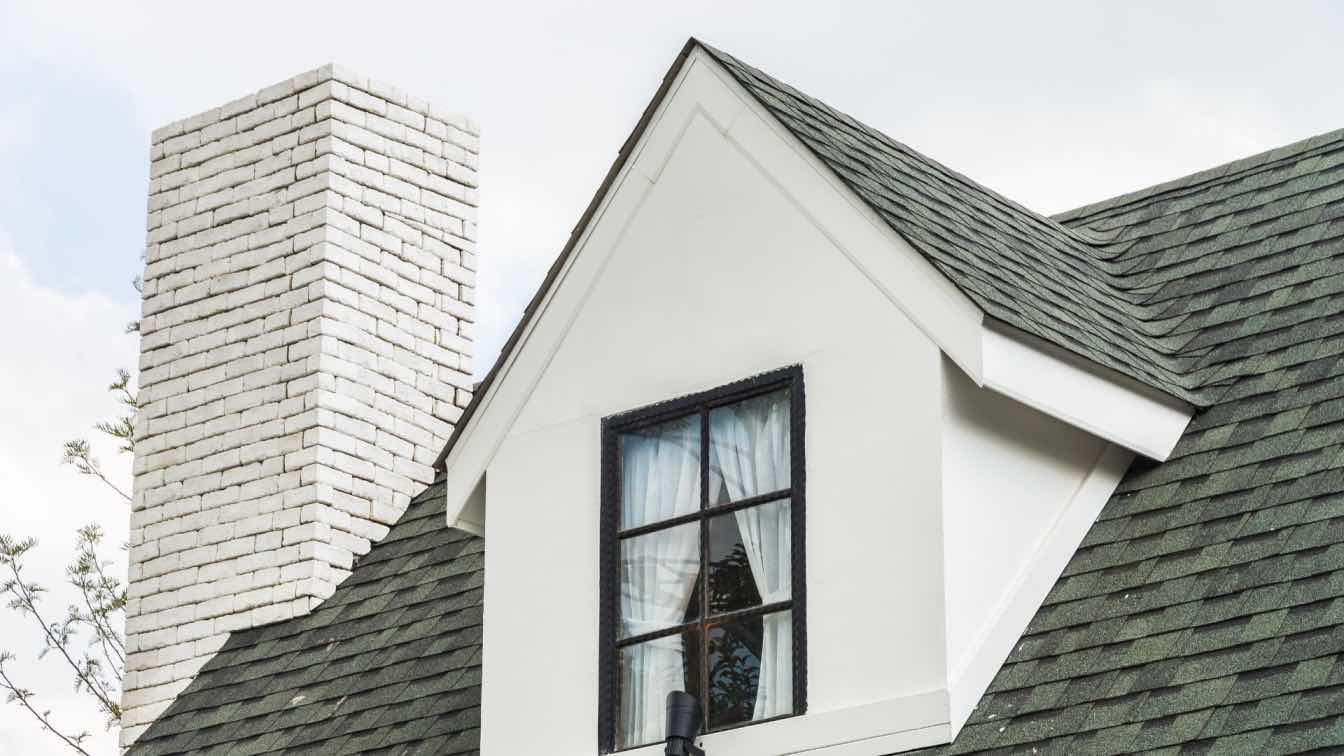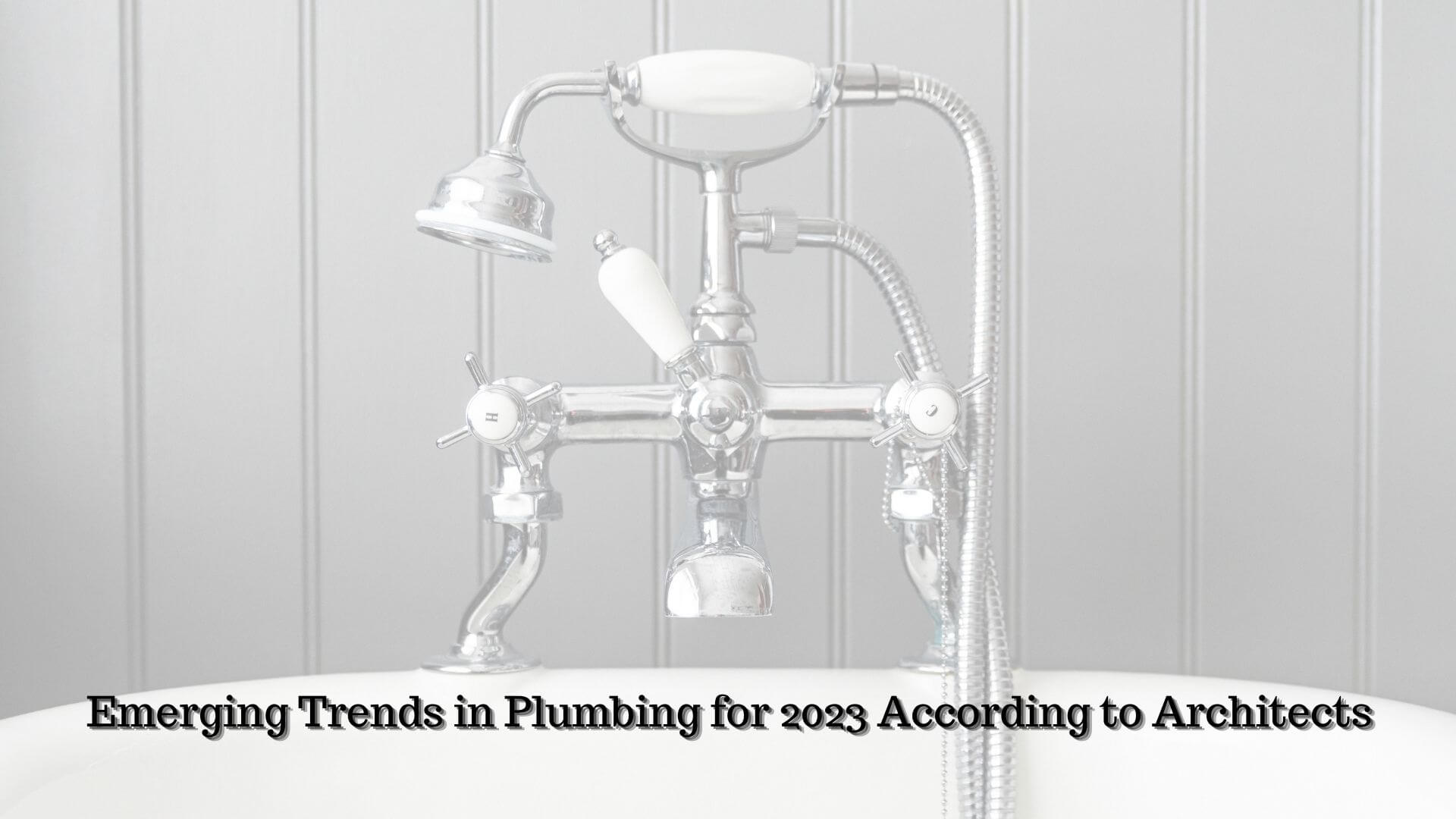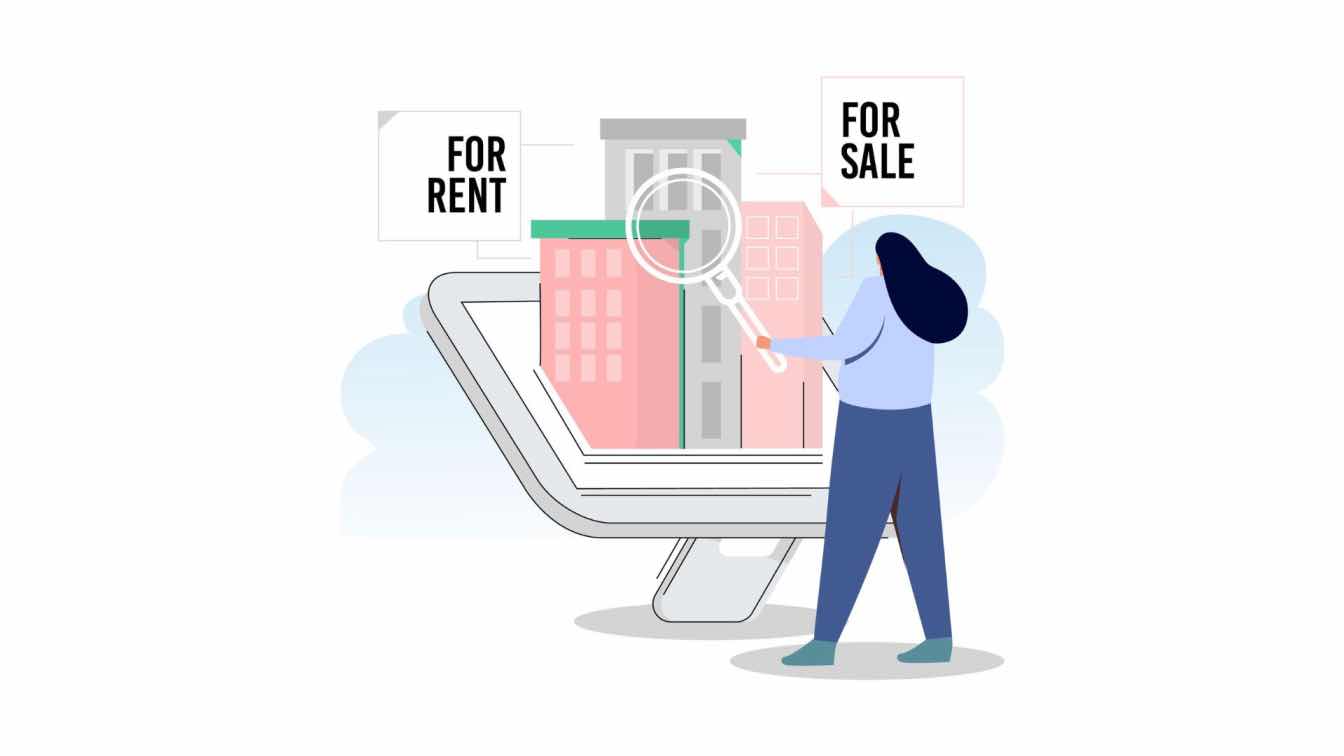Have you ever thought about how important it is to keep your roof in tip-top shape? It's one of those things that might not cross your mind every day, but regular roof maintenance is crucial for protecting your home and avoiding costly repairs down the line. A well-maintained roof not only shields you from the elements but also boosts your property's value. Neglecting it, on the other hand, can lead to pesky leaks or even major structural issues. So, let's dive into why taking care of your roof should be on your to-do list and how it can save you a lot of headaches in the future!
The Importance of Regular Roof Maintenance
Experts at Azul Roofing Solutions emphasize that maintaining your roof is essential for ensuring its longevity and safeguarding your home. A well-maintained roof not only protects against the elements but also enhances the overall value of your property. Neglecting regular maintenance can lead to a host of problems, from minor leaks to significant structural damage. These issues can escalate quickly, resulting in costly repairs or even the need for a complete roof replacement. By investing time in routine upkeep, you can avoid these potential pitfalls and keep your roof in optimal condition.
Regular maintenance involves several key practices that help prevent significant issues down the line. Here are some benefits of keeping up with your roof's care:
1. Cost Savings: Addressing small problems early can save you from expensive repairs later.
2. Extended Lifespan: Proper care can significantly increase the life expectancy of your roof.
3. Enhanced Home Protection: A well-maintained roof provides better defense against weather-related damage.
By understanding the importance of regular maintenance, homeowners can take proactive steps to ensure their roofs remain strong and durable for years to come. Remember, a little effort now can prevent major headaches in the future.
How to Keep Your Gutters Clean and Functional
Gutters play a vital role in maintaining the health and longevity of your roof. They are designed to channel rainwater away from your home, preventing water damage to the roof, walls, and foundation. When gutters become clogged with leaves, twigs, or other debris, they can no longer perform this essential function effectively. This can lead to water overflow, which may cause significant damage to your roofing materials and even result in leaks inside your home. To avoid these issues, it's important to keep your gutters clean and functional.
Cleaning your gutters should be a regular part of your home maintenance routine. Here are some tips to help you do it effectively:
1. Frequency: Aim to clean your gutters at least twice a year—once in the spring and once in the fall. If you live in an area with many trees, you may need to do it more often.
2. Tools: Use a sturdy ladder, gloves, and a small scoop or trowel to remove debris. A garden hose can help flush out any remaining dirt.
3. Safety: Always prioritize safety by ensuring your ladder is stable and having someone nearby if possible.
Neglecting gutter maintenance can lead to severe consequences for your roof's health. Clogged gutters can cause water to back up onto the roof, leading to rot and deterioration of shingles and other roofing components. By keeping them clean, you're not only protecting your roof but also extending its lifespan.
Combatting Moss and Algae Growth
Moss and algae might seem harmless, but they can significantly impact the longevity of your roof. These growths act like sponges, absorbing moisture and retaining it against your roofing materials. Over time, this can lead to the deterioration of shingles, causing them to crack or warp. Additionally, moss and algae can create an unsightly appearance, diminishing your home's curb appeal. To maintain a clean roof surface and protect its structural integrity, it's essential to address these issues promptly.
To effectively combat moss and algae growth, consider implementing the following strategies:
1. Regular Cleaning: Use a gentle cleaning solution specifically designed for roofs to remove existing moss and algae without damaging the shingles.
2. Trim Overhanging Branches: Ensure that tree branches are trimmed back to reduce shade and allow sunlight to naturally dry out any moisture on the roof.
3. Install Zinc or Copper Strips: These metals release ions that inhibit moss and algae growth when it rains, providing a long-term preventative measure.
By keeping your roof free from these unwanted growths, you not only enhance its appearance but also extend its lifespan. Remember, a well-maintained roof is less likely to require costly repairs down the line.
Dealing with Debris and Overhanging Branches
Debris and overhanging branches can pose significant threats to the integrity of your roof. When leaves, twigs, and other debris accumulate on your roof, they can trap moisture, leading to rot and mold growth. This not only affects the appearance of your roof but also its structural integrity. Over time, the weight of accumulated debris can cause shingles to loosen or even fall off. Similarly, tree branches that hang too close to your roof can scratch and damage shingles, especially during windy conditions. It's essential to regularly check for such debris and ensure that branches are trimmed back to prevent them from causing harm.
To protect your roof from these potential hazards, it's essential to take proactive measures. Start by inspecting your roof at least twice a year and after major storms for any signs of debris buildup. Use a broom or a leaf blower to gently remove leaves and twigs without damaging the shingles. When it comes to overhanging branches, consider hiring a professional arborist if you're not comfortable trimming them yourself. Here are some tips for maintaining a debris-free roof:
1. Regular Inspections: Check your roof periodically for debris accumulation.
2. Safe Removal: Use appropriate tools like brooms or leaf blowers for cleaning.
3. Professional Help: Hire experts to trim large or hard-to-reach branches.
By keeping your roof clear of debris and ensuring that nearby trees are well-maintained, you can significantly extend the lifespan of your roofing materials and avoid costly repairs in the future.
Inspecting Your Roof for Damage
Regularly inspecting your roof for damage is an essential part of maintaining its longevity and ensuring the safety of your home. Begin by conducting a basic visual inspection from the ground using binoculars, or if you're comfortable, climb onto the roof with proper safety equipment. Look for signs of wear and tear such as cracked, curled, or missing shingles. These are common indicators that your roof may need attention. Additionally, check for any visible sagging areas or uneven surfaces, which could suggest underlying structural issues.
It's also important to examine the interior of your home for signs of roof damage. Head to your attic and look for water stains, mold growth, or damp spots, which can indicate leaks. If you notice any of these signs, it's time to call a professional roofing contractor. They can provide a thorough assessment and recommend necessary repairs. Remember, addressing minor issues early can prevent more costly repairs down the line. Keep an eye out for these warning signs:
1. Shingle granules in gutters
2. Daylight peeking through roof boards
3. Loose or damaged flashing around chimneys and vents
By staying vigilant and proactive with your roof inspections, you can help extend its lifespan and maintain the overall integrity of your home.
Ensuring Proper Roof Ventilation
Proper roof ventilation is essential for maintaining the health and longevity of your roof. Without adequate airflow, heat and moisture can accumulate in your attic, leading to a host of problems such as mold growth, wood rot, and increased energy costs. Signs of poor ventilation include excessive attic humidity, noticeable temperature differences between rooms, and the presence of mold or mildew. To ensure your roof remains in top condition, it's crucial to address these issues promptly.
Improving your roof's ventilation can be achieved through several practical steps. Start by inspecting your attic for any blockages that might be hindering airflow, such as insulation or stored items. Ensure that soffit vents are clear of debris and functioning properly. Consider installing additional vents or upgrading existing ones to enhance air circulation. Here are some tips to help you improve ventilation:
1. Inspect soffit screens: Make sure they are free from dirt and debris.
2. Check attic insulation: Ensure it isn't blocking airflow pathways.
3. Consider professional help: If you're unsure about your current setup, consulting with a roofing expert can provide valuable insights.
By taking these steps, you not only extend the lifespan of your roof but also improve the overall energy efficiency of your home. Remember, a well-ventilated roof is less prone to damage and can save you money on costly repairs in the long run.
The Role of Flashing in Roof Integrity
Flashing plays a crucial role in maintaining the integrity of your roof by preventing leaks. It is typically made from metal or other durable materials and is installed around areas prone to water penetration, such as chimneys, vents, and skylights. The primary purpose of flashing is to create a waterproof barrier that directs water away from these vulnerable points, ensuring that your home remains dry and protected. Without proper flashing, even the most well-constructed roofs can succumb to water damage over time.
Regular inspections are essential to ensure your flashing continues to perform effectively. Look for signs of damage or wear, such as rust, dents, or missing sections. If you notice any issues, it's advisable to seek professional help promptly. A roofing expert can assess the condition of your flashing and recommend necessary repairs or replacements. Here are some key points to consider when inspecting your flashing:
1. Check for rust or corrosion: Metal flashing can deteriorate over time due to exposure to the elements.
2. Look for gaps or loose sections: Ensure that all pieces are securely fastened and there are no visible gaps.
3. Inspect sealant condition: The sealant used around the flashing should be intact and free from cracks.
By keeping a close eye on your roof's flashing and addressing any issues promptly, you can extend the lifespan of your roof and avoid costly water damage repairs. Regular maintenance not only protects your investment but also ensures peace of mind, knowing that your home is well-protected against the elements.
Summary
Regular roof maintenance is crucial for preserving the longevity of your home and preventing costly repairs. By taking proactive steps to care for your roof, you can avoid issues such as leaks and structural damage that may arise from neglect. Simple practices like routine inspections, cleaning gutters, and addressing moss or algae growth can significantly extend the life of your roof. Not only does this upkeep protect your home from weather-related damage, but it also enhances its overall value.
In addition to maintaining the roof's surface, it's important to ensure proper ventilation and inspect flashing regularly. Adequate airflow prevents problems like mold growth and wood rot, while well-maintained flashing protects against water penetration. By keeping an eye on these aspects and addressing any signs of wear promptly, homeowners can safeguard their investment and enjoy peace of mind knowing their roof is in optimal condition. Remember, a little effort now can save you from major headaches down the road.





